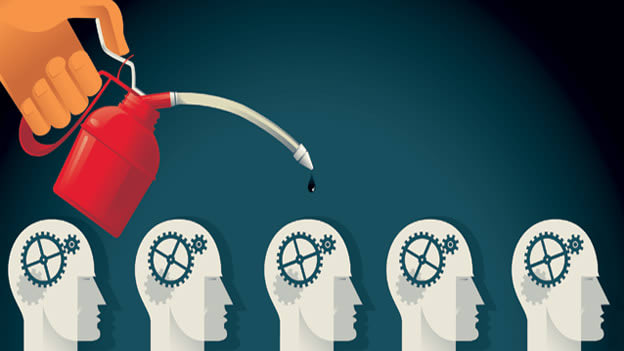Role of HR in advancing diversity & inclusion at workplace

"Train people well enough so they can leave. Treat them well enough so they don’t want to." This quote from Richard Branson is more relevant in today’s reality than it was a decade ago.
As HR leaders, we are aware that employees are an indispensable part of any organization. The success of an organization is directly proportional to the welfare of its teams. A large part of this employee welfare implies that they must be treated well and with utmost respect in the workplace, no matter their gender or socio-economic identity. This makes a centralized approach to diversity and inclusion (D&I) integral to an organization that wants to identify itself as a Great Place to Work.
According to a recent PwC survey on breaking down the barriers to diversity, more than 80% of millennials believe that an employer’s policy on diversity, equality, and inclusion plays an important role when deciding whether to work for them.
This shift has occurred due to the positive impact D&I has proven to have on performance, innovation, and brand. Millennials view workplace diversity as the combining of different backgrounds, experiences, and perspectives, and they believe taking advantage of these differences is what leads to innovation. The feeling of ‘oneness’ among employees motivates them to work harder every day, leading to the financial growth of a company as well as better problem-solving abilities among its employees. Diversity effects on groups suggest that higher diversity is associated with better brainstorming and cooperation. It provides companies the opportunity to identify the latest trends by having fresh talent and newer ideas. It is a key motivator for employees, reduces absenteeism, and makes them feel welcome in their workspaces, whether physical or virtual.
An important aspect of creating an empowering organizational culture is employee engagement. Interacting with people from varied cultures helps employees gain awareness of other cultures, making them feel valued. Business conglomerates are setting up diversity councils, organizing webinars, panel discussions, learning and development (L&D) modules, workshops, catch-up sessions, and manager training programs to promote and improve the D&I policies, thereby pushing the D&I needle forward.
Looking inwards, it is important to note that both the waves of the pandemic saw logistics professionals putting their lives at risk and racing against time to deliver happiness, health, and safety to our doorstep. In such a scenario, it becomes imperative to prioritize the well-being and mental health of employees more than ever before. A healthy workforce is a perfect mix of all genders, ensuring smooth decision-making, innovation, creativity, and knowledge-sharing activities inside an organization. In the given situation, companies need to carefully restructure their workforce policies to ensure their growth. For decades now, frontline workers have seen a ratio skewed towards one gender. However, it is encouraging to know today that the logistics industry has seen a tremendous rise in the number of women in the workforce. According to a 2020 report by Gartner, 39% of full-time employees in a supply chain role are female, up from 35% in 2016.
With time, companies are committed to transforming the future of work for women by providing them with upskilling opportunities and educational training. They are also helping them prepare for leadership positions and break the notion of ‘male-dominated’ industries. Additionally, leaders are conducting annual monitoring and diversity audits for their current employees as well as prospective employees so that they are aware of the racial profile of their organization.
As leaders in this space, we should devise the best methodologies to align our organizations with our D&I objectives, ensuring a 360-degree growth and well-being of every member through a fair allocation of work, ongoing dialogue with their employees, and collaboration opportunities.
Diversity and inclusion are essential business practices that high-performing companies prioritize. They focus on building environments that help their employees thrive. Diversity propels companies into a positive and brighter future.













